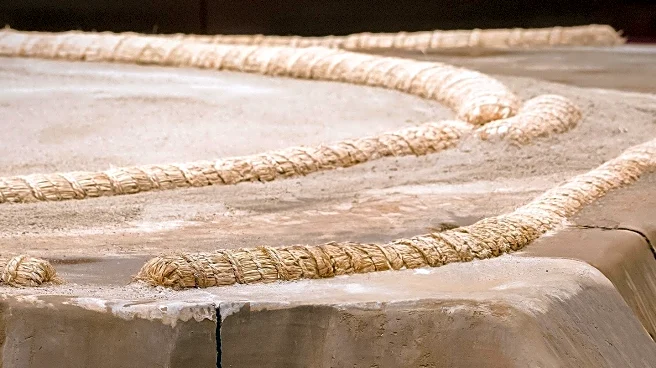What's Happening?
The Galileo Museum in Florence is showcasing a unique exhibit featuring the preserved middle finger of the renowned astronomer Galileo Galilei. This display, encased in a gilded glass egg, is part of a broader discussion on the human fascination with collecting. The finger was removed from Galileo's body in 1737, nearly a century after his death, by an Italian nobleman who valued it for the 'beautiful things' Galileo wrote. Historian James Delbourgo, in his book 'A Noble Madness,' explores the compulsions behind collecting, highlighting both the positive and negative aspects of this human behavior. The exhibit raises questions about the motivations behind collecting, whether for scientific, historical, or personal reasons, and the ethical implications of such practices.
Why It's Important?
The exhibition of Galileo's finger at the museum underscores the complex nature of collecting, which can preserve cultural and scientific heritage but also raises ethical concerns. Collecting has historically contributed to the advancement of knowledge, as seen with figures like Alexander von Humboldt and Charles Darwin. However, it also involves moral dilemmas, particularly when acquisitions are made through dubious means, as with collectors like Henry Wellcome and Hans Sloane. This exhibit prompts a reflection on the balance between preserving history and respecting ethical boundaries, impacting how museums and collectors approach the acquisition and display of artifacts.











